4 Essential Components For Setting Up The Perfect Grow Room Ventilation
Proper ventilation in the grow room is critical for optimal plant growth. Cannabis plants require adequate air circulation and fresh air to thrive. Installing an exhaust and ventilation system is vital, especially if you’ve chosen to use a vertical racking system.
The ventilation system maintains atmospheric parameters such as temperature, humidity, and CO2 levels within an indoor growing room. These factors directly impact photosynthesis, which influences how plants grow and develop.
Indoor growing involves artificially supplying the correct conditions for plant growth. This environment is created by utilizing various interdependent systems to provide the ideal habitat for your plants.
Four Benefits Of Good Air Circulation
Here are some of the reasons why you need a good grow room ventilation system.
1. Maintains Optimal CO2 Levels
Green plants synthesize nutrients from carbon dioxide and water during photosynthesis. An indoor operation is a closed system that means plants will eventually run out of this important resource.
An uninterrupted supply of fresh air from outside provides plants with the much-needed C02 to keep manufacturing food for themselves. Maintaining optimal carbon dioxide levels promotes plant development and yield.
2. Humidity Management
Plants, through transpiration, release water into the atmosphere. This process can make a room with bad ventilation humid, converting your grow room into a breeding ground for pests. The moist environment raises the temperature as well.
An effective ventilation system expels excess moisture thus maintaining an environment that encourages plants’ roots to absorb nutrient-rich water. The result will be more healthy plants.
3. Temperature Control
Grow lights are used in an indoor arrangement to mirror the effects of sunshine. At the same time, these lights emit heat, which might elevate the temperature in your environment.
Encouraging good air circulation can help mitigate the effects of rising temperatures.
4. Strengthen Plant Stems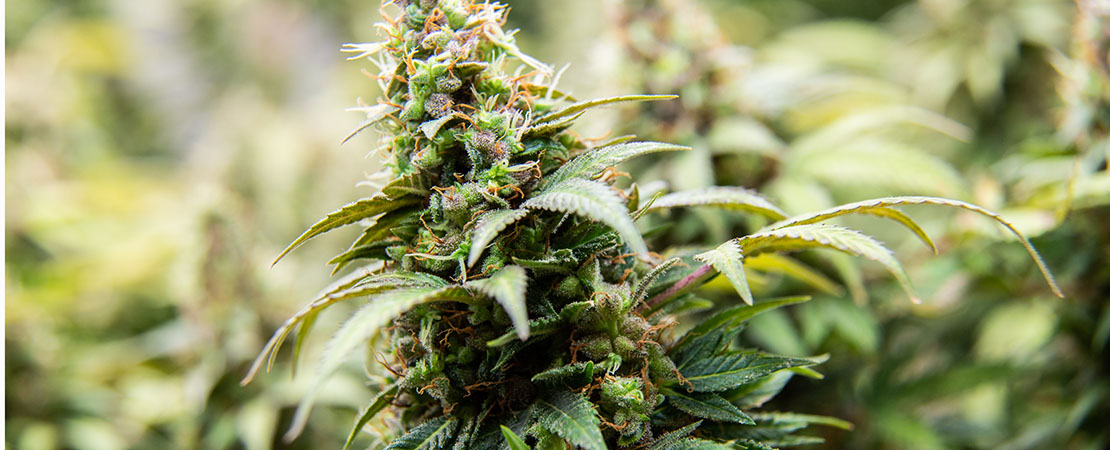
In the open field, winds blow on plants, and the swaying helps build a stem that can support the plants, even when they are bearing fruits or seeds.
A ventilation system helps build up this adaptation to help your plants hold up the buds as they mature.
To reap these benefits, a ventilation system needs to stabilize temperature and humidity levels and supply plants with CO2 for photosynthesis
This can be achieved by the use of these four types of equipment;
- Grow room fans
- Exhaust system
- CO2 burners
- And air conditioning
Essential Components of an Excellent Ventilation System
1. Grow Room Fans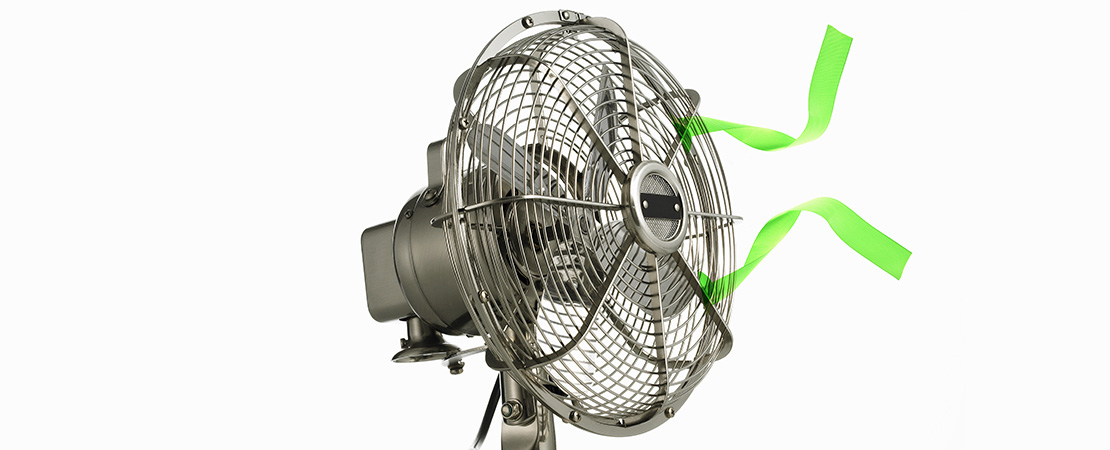
The optimal temperature for indoor gardens is 72 – 800 F. The ideal temperature for CO2 enriched grow rooms is 80 – 850 F. The equipment utilized in ventilation systems contributes to the maintenance of these ranges. A motorized fan is a common gadget used in air circulation.
Fans are available in various sizes and types to suit various applications. Some common fans include:
- Intake fans- They draw in fresh air from outside into the grow room.
- Oscillating fans– They help circulate the air drawn in by the intake fans.
- Exhaust fans- The fans act like a vacuum and suck the stale air out of the room.
- Inline fans– These fans allow the warm air to escape while bringing in the fresh air.
The magnitude of your operation determines how many fans you need and the output they must provide for the ideal ventilation effects. The fan strength is determined by calculating the CFM.
Choosing The Right Exhaust Fan For Your Commercial Indoor Grow
To determine the actual fan and exhaust system requirements, such as size and strength, you must first calculate the cubic feet per minute (CFM).
The CFM measures the amount of air exchange required per minute for the given space size. Most exhaust fans in the US come with a CFM rating, so once you’ve done your calculations, it’s all about visiting the store to acquire your fan.
How To Calculate The CFM Needed
1. Determine The Volume Of Your Space
The volume is calculated by multiplying your space’s Length x Width x Height. The goal is to exhaust this amount of air at least once a minute.
2. Exhaust Efficiency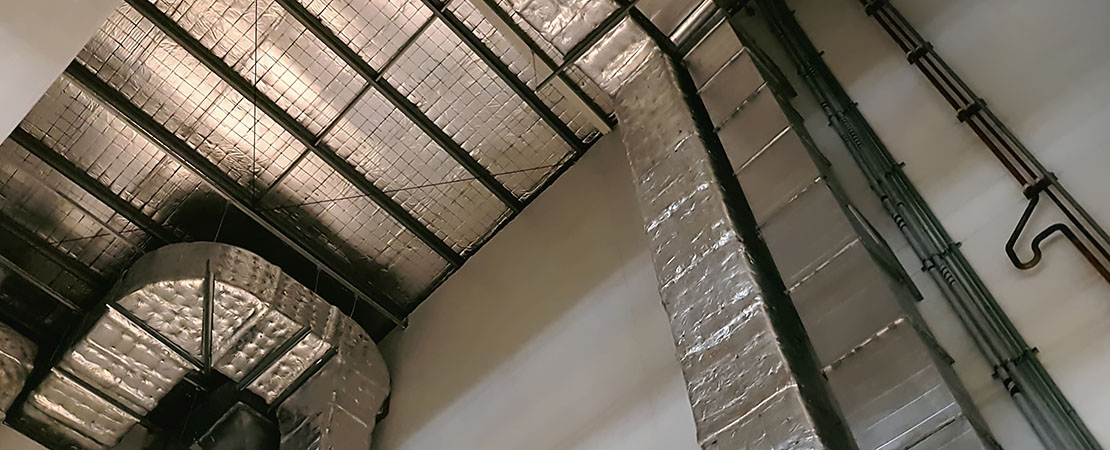
There are several factors within the grow room that can affect the efficiency of your air circulation system. These include heat from lighting, interference from connected carbon filters, and ducting path.
An efficient system has air going in a short straight line after passing through the fan. When the air has to go around a turn and through a carbon filter, you have to compensate for the loss when calculating the CFM.
Recommended CFM = (Grow space Width X Length X Height) / 5
When there’s a carbon filter present, add 20% to the CFM
CFM = [(Grow space Width X Length X Height) / 5] X 1.2
3. Install The Fan Based On The Final CFM Rating
Remember, the CFM rating is given in the fans, so pick a fan with a higher rating than you calculated to account for any errors. Also, if you aren’t savvy at math, take your measurement with you. Your retailer can help compute the CFM.
Should you go directly to buying your fans now that you’ve calculated the CFM? No, not quite. You need to determine how to set up your intake system. These are classified into two;
- Passive
- And active intake systems.
Choosing Between Passive and Active Air Intake
Air intake refers to how you bring air into your grow room.
Passive Intake System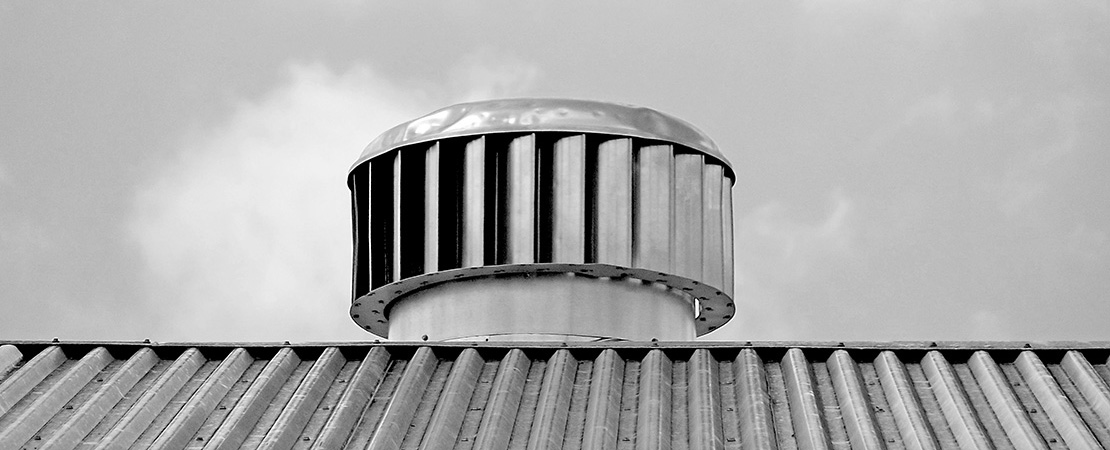
Passive intake is a common method with grow tent farmers. The system doesn’t use an intake fan; rather, openings in the tent allow the inline exhaust fan to suck the air out of the tent generating a vacuum. As a result, fresh air is drawn inside the tent from outside.
The objective is to create negative pressure in the grow tent. The result is your room will have less air pressure than the surrounding environment promoting a passive system.
An efficient system has an intake hole up to three times bigger than the exhaust hole for proper suction without overloading the fans. To do this in your grow room, have the intake fan, door, and windows larger than the aperture for your exhaust fan.
The issue with the method is that the tent isn’t sealed, allowing pests to get into your grow room. This method may also release unwanted odor into the surroundings.
Active Intake
An active intake involves an additional fan for taking in more air into the grow room. This system is efficient for large scale production.
Taking into account the CFM and intake system can help you purchase the right ventilation equipment for your operation.
Though the fans and exhaust system are linked, there are a few more components that make up the exhaust system.
2. Exhaust System
Another component of the grow ventilation system that you must consider is the exhaust system.
The exhaust system helps eliminate stale air and excess heat while bringing in cool air, which promotes the health and yields of your plants.
We’ve already discussed grow fans, which are part of the exhaust system. Let’s now look at two other components which are essential to the system: ducting and a carbon filter.
-
Ducting
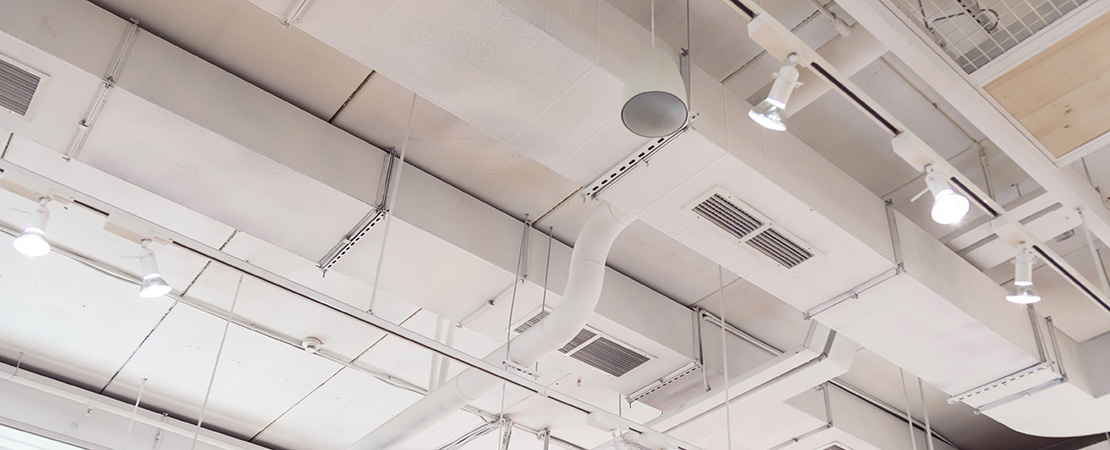 Ducting is a tube-like structure that connects the exhaust system components. It’s also responsible for directing air in or out of the grow room. The longer the ducting with several twins and turns, the more power a fan needs to pull or push air. A shorter ducting with fewer angles increases the efficiency of your system.
Ducting is a tube-like structure that connects the exhaust system components. It’s also responsible for directing air in or out of the grow room. The longer the ducting with several twins and turns, the more power a fan needs to pull or push air. A shorter ducting with fewer angles increases the efficiency of your system.
-
Carbon Filters
Cannabis plants tend to release a strong aroma as they grow. While this isn’t an environmental problem, it can be an unpleasant smell that might require the installation of carbon filters to help mitigate the aroma.
Carbon filters scrub the strong marijuana aroma out of the air before releasing it into the atmosphere. The filters are also handy in eliminating other toxins like pesticides from the air.
3. CO2 Burners
A CO2 burner or generator is a carbon dioxide generating machine. CO2 is a critical component of photosynthesis that plants rapidly deplete in an enclosed environment. The burner aids in the maintenance of your plants’ yields by ensuring proper photosynthesis at all times.
However, while the burners emit carbon dioxide, they also emit water vapor, thus raising the temperature within the grow room. Dehumidifiers and air conditioners can help alleviate this problem and guarantee proper air circulation.
Finally, the ideal cannabis grow room ventilation system needs air conditioning.
4. Air Conditioning
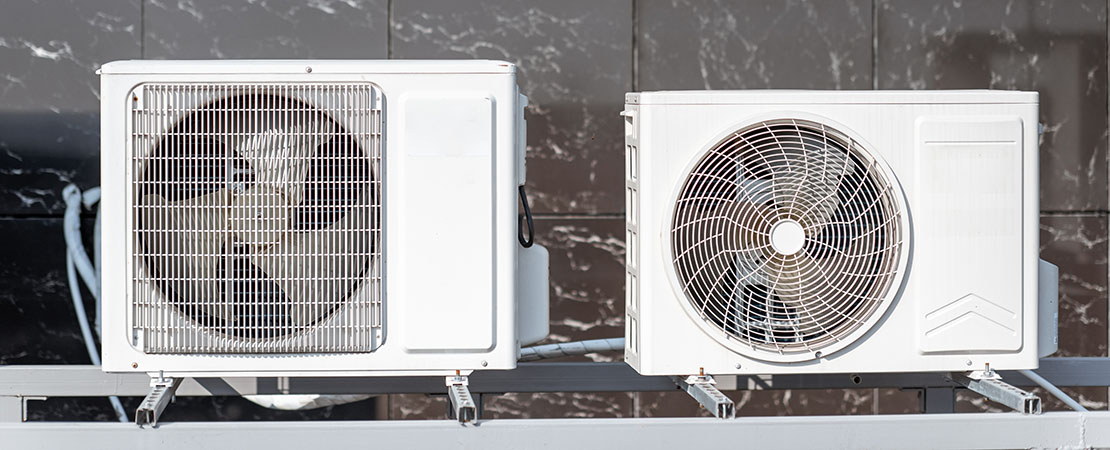 Air conditioners are essential for eliminating excess heat and helping to maintain an ideal temperature in your grow room.
Air conditioners are essential for eliminating excess heat and helping to maintain an ideal temperature in your grow room.
Various factors influence the size of an air conditioner.
- Lighting equipment– Grow lights such as HIDs and fluorescent lights produce a lot of heat which can imbalance temperature conditions in the grow room.
- CFM or dimensions of the space– As previously mentioned, the room’s size will define the output that the equipment must create to be effective in its function.
- CO2 equipment– CO2 burners emit carbon dioxide and water vapor, raising the temperature in a grow room.
- The ballast of lighting equipment– Ballasts control the voltage sent to each grow lamp. Without ballasts, lights can draw too much current at once, causing them to overheat. The ballasts also emit heat, which must be accounted for when purchasing an AC.
Manage Airflow In Your Indoor Vertical Farm
Having fans, an exhaust system and CO2 burners for your ventilation system is sufficient for a small farm but maybe not ideal for a commercial growing setup.
Atmospheric controllers with built-in thermostats and humidistats allow you to automate motorized fans, maintaining stable atmospheric conditions.
If you are a beginner and have covered the basics of a ventilation system, contact us and let’s show you how you can incorporate it into our vertical farming systems, including Retracted Elevated Decking and Tabletop Caster Unit to keep your operation growing.

